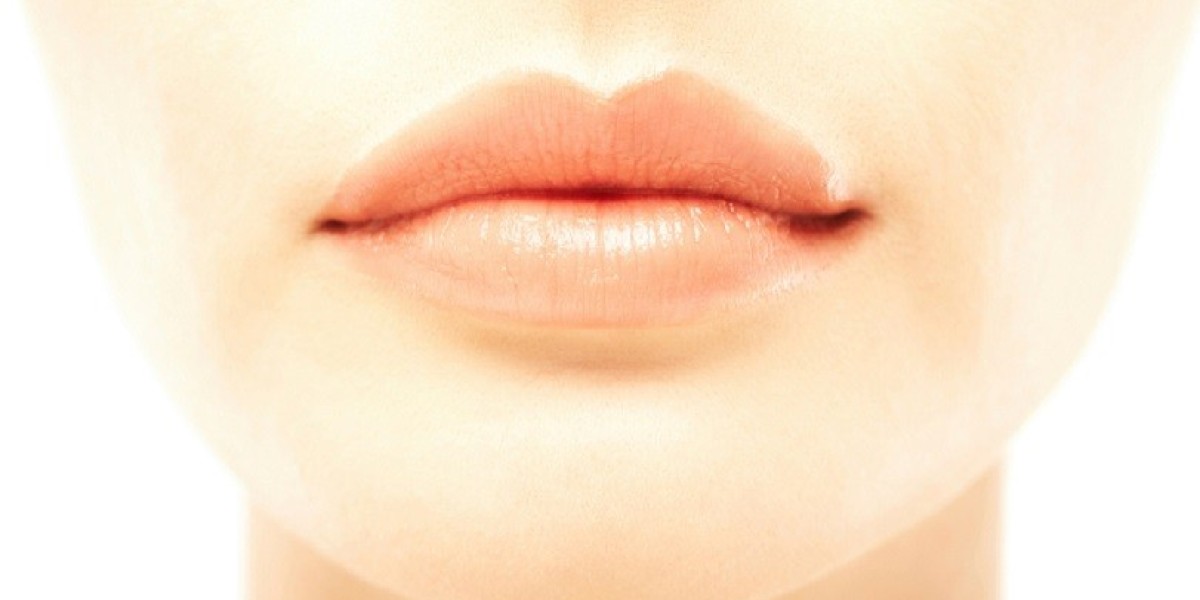When it comes to oral health, most people think of brushing, flossing, and regular dental check-ups. But did you know that the way you use your facial and oral muscles can also impact your oral health, breathing, and overall well-being? This is where Orofacial Myofunctional Therapy (OMT) comes in — a specialized, evidence-based therapy that helps improve the function of the muscles in the face, mouth, and tongue.
In this blog, we’ll explore what Orofacial Myofunctional Therapy is, how it works, and the many benefits it offers for children and adults alike.
What Is Orofacial Myofunctional Therapy?
Orofacial Myofunctional Therapy is a program of exercises designed to correct improper muscle function and habits of the face, tongue, and mouth. These exercises help train the muscles to work correctly, promoting proper breathing, swallowing, speaking, and even posture.
The therapy is often recommended for people with:
Mouth breathing habits
Tongue thrust (when the tongue pushes against or between the teeth when swallowing)
Speech difficulties
Sleep-disordered breathing or snoring
Orthodontic relapse (teeth shifting after braces)
Temporomandibular joint (TMJ) discomfort
OMT is typically provided by a trained therapist, often in collaboration with dentists, orthodontists, speech-language pathologists, and ENT specialists.
Why Is Orofacial Myofunctional Therapy Important?
The muscles of the face, tongue, and mouth play a crucial role in maintaining the alignment of the teeth, supporting proper jaw growth, and enabling healthy breathing through the nose. Dysfunction in these muscles can lead to a range of issues, including misaligned teeth, open mouth posture, sleep apnea, and speech problems.
By retraining these muscles through Orofacial Myofunctional Therapy, patients can:
Improve nasal breathing and reduce mouth breathing
Support orthodontic treatment and prevent relapse
Reduce or eliminate tongue thrust
Improve sleep quality and reduce snoring
Enhance speech clarity
Alleviate tension in the jaw and neck
How Does OMT Work?
Orofacial Myofunctional Therapy involves a customized program of daily exercises that strengthen and coordinate the orofacial muscles. For example, exercises may focus on proper tongue posture (resting gently against the roof of the mouth), lip seal, and nasal breathing.
A typical therapy program lasts several months, with regular check-ins with the therapist to monitor progress and adjust exercises as needed. The success of OMT depends greatly on the patient’s commitment to practicing the exercises consistently at home.
Who Can Benefit from OMT?
People of all ages — from young children to adults — can benefit from Orofacial Myofunctional Therapy. It’s especially helpful for children with developing jaws and teeth, as early intervention can prevent more serious problems later on. Adults who have developed poor habits or suffer from sleep-disordered breathing can also see significant improvements with OMT.
Final Thoughts
Orofacial Myofunctional Therapy is a simple yet powerful way to improve oral function, support dental treatments, and enhance overall health. If you or your child struggles with mouth breathing, speech issues, or orthodontic challenges, consider speaking to a specialist about whether OMT is right for you.
By addressing the root causes of muscle dysfunction, Orofacial Myofunctional Therapy helps create a healthier foundation for your smile and well-being.








